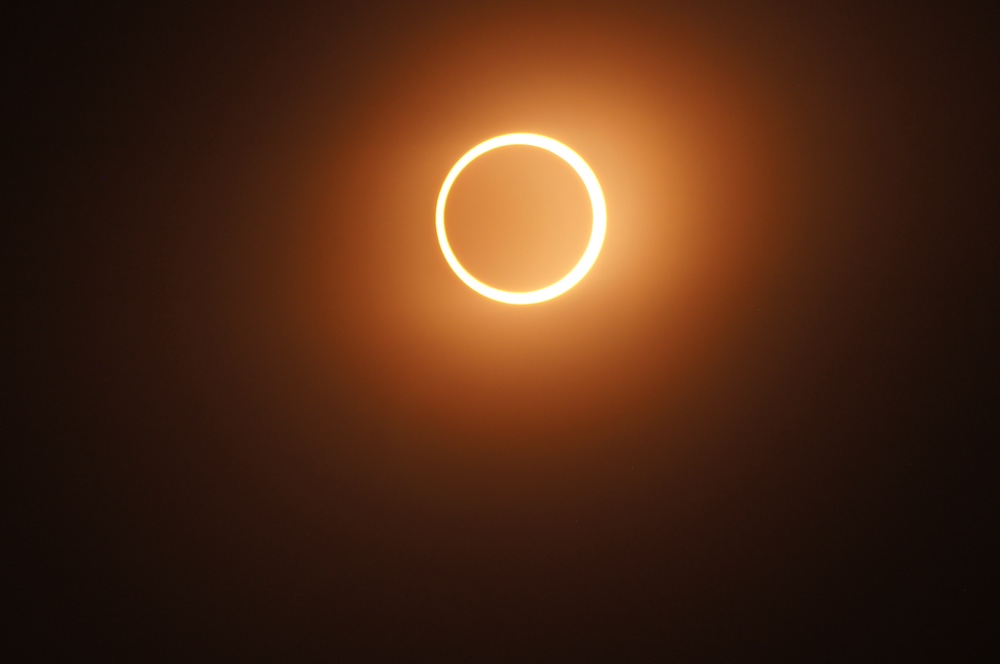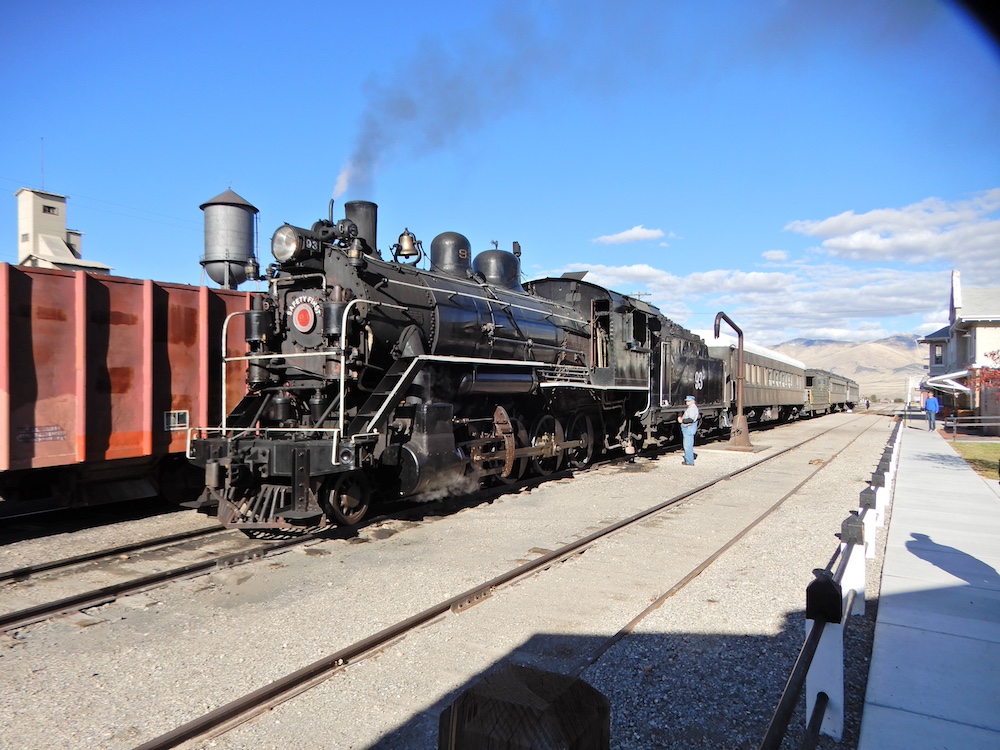
The words “Be the Engineer!” drew my attention to a Nevada Northern Railway advertisement in Trains Magazine.
I’m a veteran train museum patron. I’ve been to many, from Los Angeles to Scranton, and most are a lot more accessible than Ely, Nev. Ely is 3 hours and 42 minutes north of Las Vegas, a lonely desert drive with just one rest stop on the way.
As a museum, the Nevada Northern is unique in two ways. First, there’s no big display room with the artifacts or lovingly restored static equipment. Instead, NNRY is a working historic railroad, offering many scheduled and special excursion runs behind its Alco 2-8-0 (built 1909) No. 93, Baldwin 4-6-0 (1910) No. 40, or Electro-Motive Division diesel SD7 (1952) No. 204.
Nevada Northern’s museum is all around you — engines, rolling stock, the shop, the waiting room, offices, coaling tower, and everything else needed to operate a working historic railroad.
The second distinguishing feature, though, is a chance to “Be the Engineer.” This opportunity is a fundraiser for the museum and costs above $1,000 for a 2- or 4-hour unique experience. (Your cost depends on which of several options you choose). They offer lessons in operating a steam engine, a diesel-electric, or both together as a package. Some of the expense may be tax-deductible as a charitable donation.
The Lessons
So, what’s it like to “Be the Engineer?”
Lessons begin with a test on the rules, based on a manual sent beforehand. Instructions for starting and stopping follow, and finally a run down the tracks of the original copper ore hauling railroad with you in the engineer’s seat.
My instructor-engineer for this run was Earl Koob, a calm, careful, and friendly guy. The safety briefing included a rundown of the controls for “my” engine, No. 93, a bewildering array of valves, gauges, levers, and pull chains. I needed to focus on just five: throttle, brake, Johnson bar (think of it as the gearshift), whistle, and speedometer. There are two brake systems, but we had no cars behind us so the locomotive’s independent brake system was the only one in use. My instructor taught me a five-step pattern for starting, and a similar pattern for stopping, and then away we went!
We stayed at 15 mph on the 2-hour run (5 mph on a stretch of bad track). That’s slow by most standards, but plenty fast for me, considering the weight, motion, heat, and noise of this ancient monster. Needless to say, I loved it!
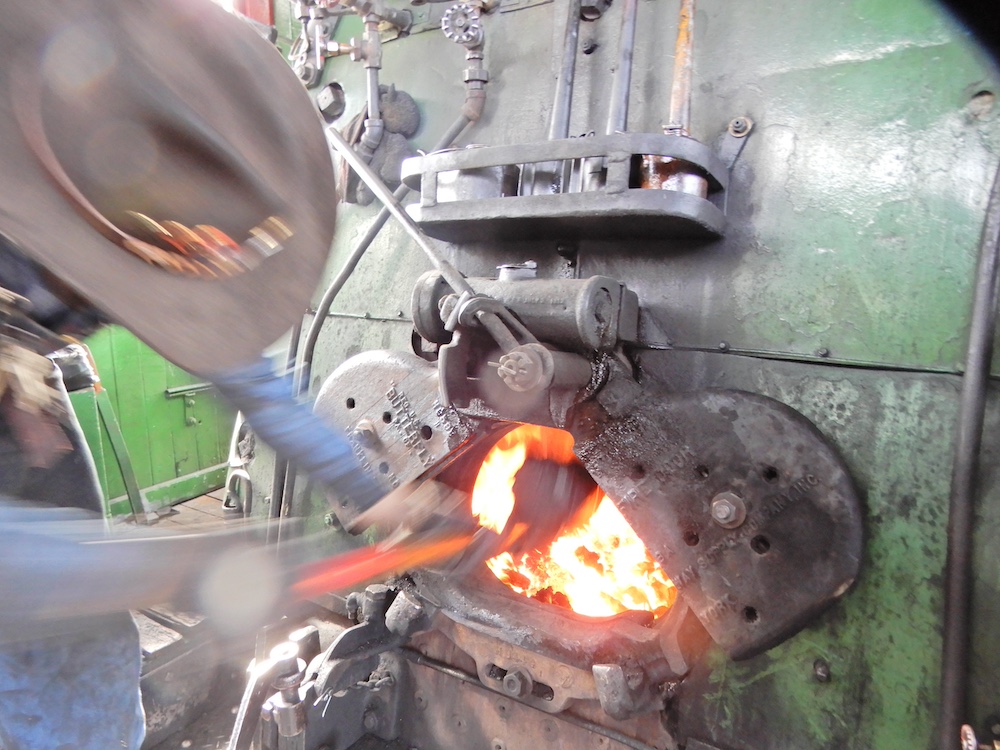
It was clear that the real work was done by the fireman, who was responsible for coal and water, fire, and steam. No. 93 is a manual stoker, meaning shovel after shovel tossed artfully through the gates of hell (butterfly doors opened by a foot pedal). Watching him tend to the fire was part of the fun.
Blowing the whistle was a constantly recurring requirement, two longs, a short, and a long at every grade crossing with the final long pull ending as the locomotive clears the crossing.
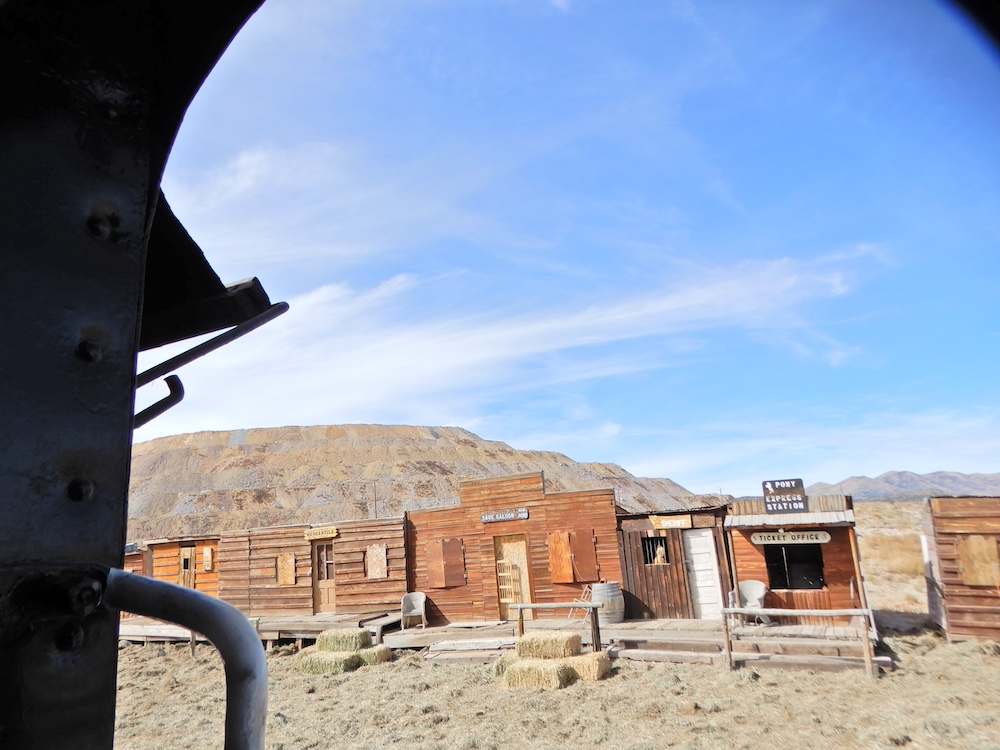
When we reached the wye at the end of the line (that’s a turnaround track, shaped like the letter Y), my instructor took over for this more delicate work. This gave me a chance to look at the trackside kitsch built for tourists on the excursion runs, a miniature Old West ghost town. No jackalopes though.
My afternoon class took place aboard No. 204, built by General Motors Electro-Motive Division. My instructor was Gary Hansen, another patient and careful man. The diesel was mechanically much simpler than No. 93. Where the throttle for No. 93 was a long ratcheting bar, No. 204 had a short brass handle. Diesels don’t need a Johnson bar. The fireman had little to do but watch for hazards on his side of the track. Still, I found the diesel engineer experience worthwhile. Now I have some idea what that Amtrak engineer up front is doing!
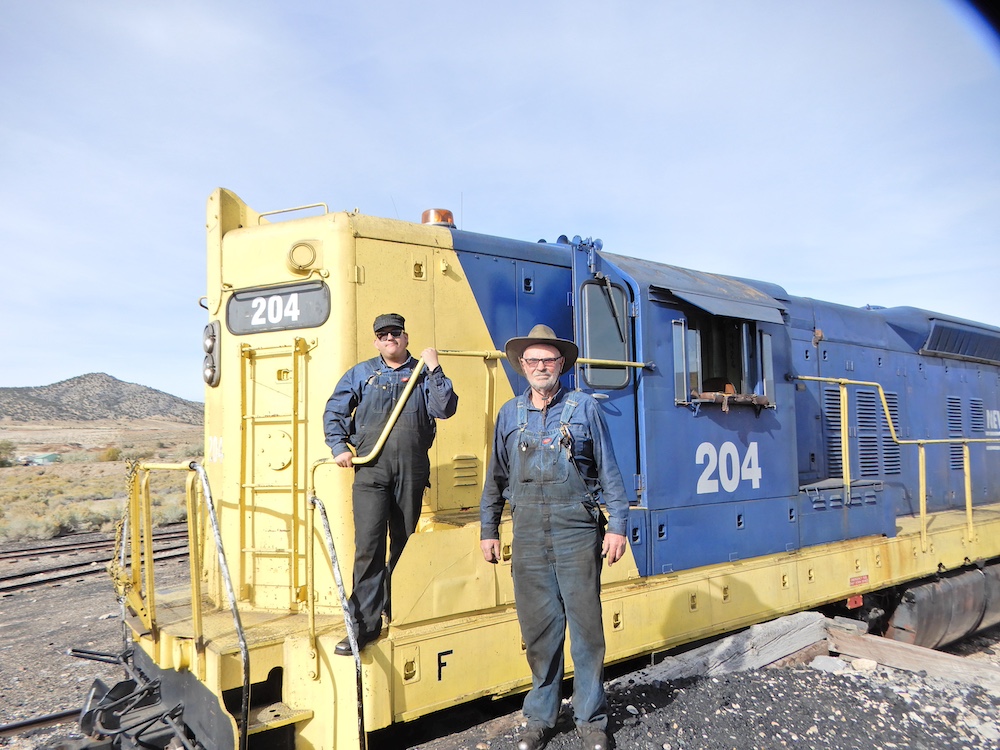
In sum, I had a great time. It was a capstone experience for this lifelong railfan and well worth the long desert drive.
Plus a happy surprise
One thing stood out as odd when I planned this trip. The first three motels I called were full, and I got the last room available from my fourth call. What was filling Ely up Oct. 11-13, 2024? It turned out to be in the path of totality for the Oct. 13 annular eclipse, a lucky accident. A fine coda for a great trip.
